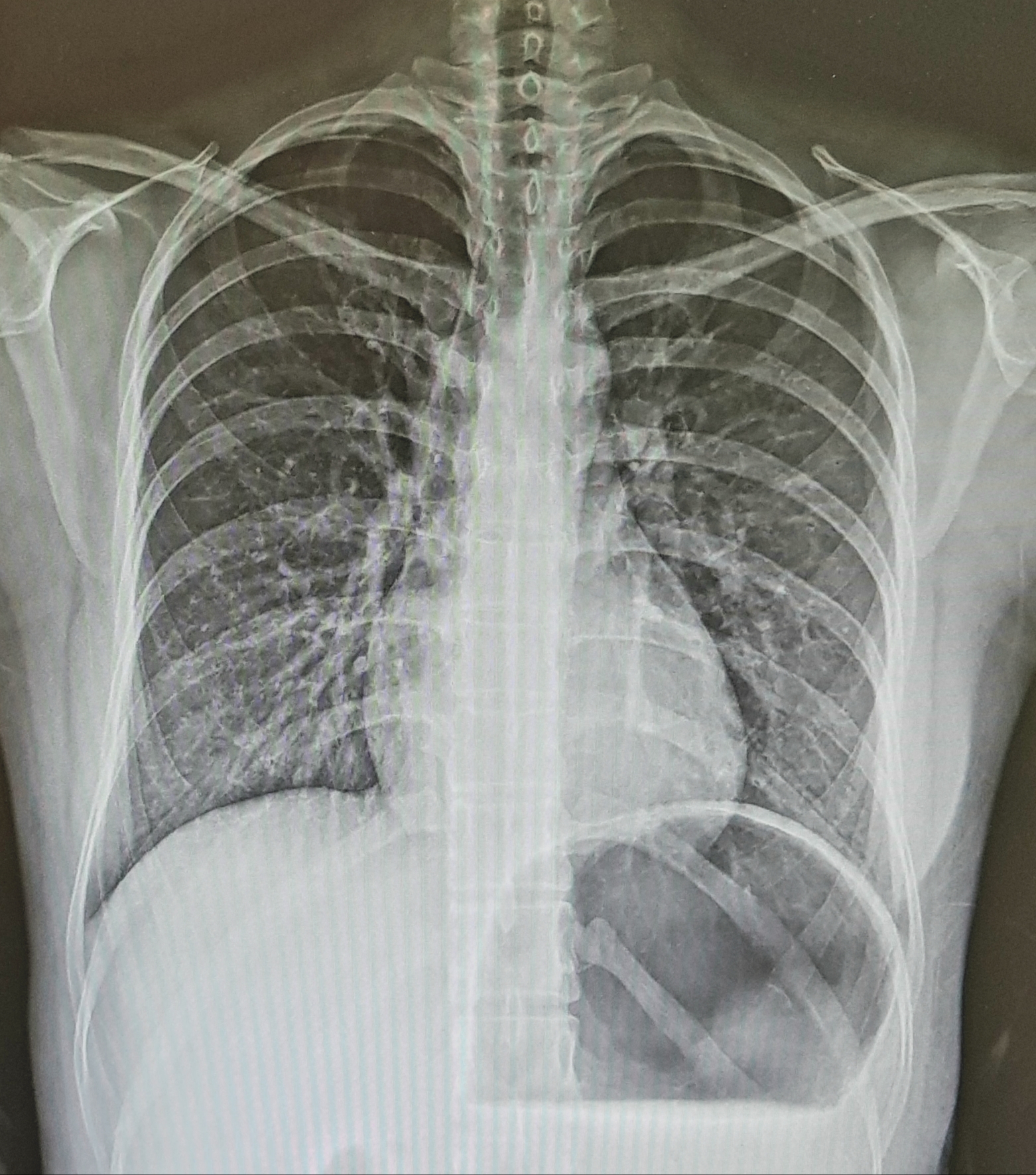| 일 | 월 | 화 | 수 | 목 | 금 | 토 |
|---|---|---|---|---|---|---|
| 1 | 2 | 3 | 4 | 5 | 6 | 7 |
| 8 | 9 | 10 | 11 | 12 | 13 | 14 |
| 15 | 16 | 17 | 18 | 19 | 20 | 21 |
| 22 | 23 | 24 | 25 | 26 | 27 | 28 |
| 29 | 30 |
- 자기공명혈관조영술
- wrap around artifact
- saturation pulse
- 동위상 탈위상
- T2WI
- radiographer nara
- ECG gating
- 사전포화펄스
- FSE
- MRI image parameters
- fast spin echo
- MRA
- TR TE
- no phase wrap
- receive bandwidth
- saturation band
- slice gap
- chemical shift artifact
- T1WI
- T2 이완
- MRI gantry
- fractional echo
- aliasing artifact
- T2강조영상
- K-space
- MRI 영상변수
- MR angiography
- tof
- T1강조영상
- 방사선사나라
- Today
- Total
방사선사나라 Radiographer Nara
[MRI] (영/한) 2D TOF MRA / 2차원 자기공명 혈관 조영술 본문
(English)
2D TOF MRA?
It is basically a blood flow compensation gradient echo imaging technique.
The stationary spin in tissue in the imaging slice is saturated by the RF pulse, but the blood flow entering the imaging slice is completely magnetized and shows high signal intensity. If a saturation (presaturation) pulse is applied above or below the selected slice, all signals of blood flow coming from presaturation direction can be removed, so that only the blood flow in the selected direction can be seen.
This TOF MRA can make images relatively fast blood flow in the head, neck, chest, and extremity.
Factors affecting 2D TOF MRA imaging include velocity and direction of blood flow and shape of blood vessels and blood and tissue T1 and pulse parameters.
2D TOF MRA is a method that sequentially scans slices with a certain thickness and reconstructs. At this time, short TR (50msec), FA (45º~60º), and short TE (9msec) are used.
The advantage of the 2D TOF MRA is that each of the slices is an inflow slice, so the effect of flow related signal enhancement can be maximized, and the scan time is shorter because the slice thickness is thicker than that of 3D.
It is easy to observe relatively slow blood flow, and is very sensitive to loss of signals due to turbulence (or vortex flow), which is common in stenosis.

What is Saturation?
If TR (20~90msec) shorter than the T1 relaxation time of a specific tissue is given, the spin receives the next high frequency before T1 relaxation is done, so the longitudinal magnetization gradually decreases and the transverse magnetization formed by its excitation also decreases. Eventually, it makes the signal decrease.
What is pre-saturation?
Since MRA may have a lower resolution than conventional angiography, a wide bandwidth spatial saturation pulse is applied in the direction of the slice selection gradient to image the arteries and veins, which is called presaturation.
by radiographer nara
(한국어)
2D TOF MRA?
기본적으로 혈류 보상 그라디언트 에코 영상 기법이다.
RF펄스에 의해 영상절편 조직 내의 정지된 스핀은 포화되어 있으나 영상절편으로 들어오는 혈류는 완전히 자화되어 고신호 강도를 보이게 된다. 만일 선택 단면의 위, 혹은 아래에서 포화 펄스를 주면 그 방향에서 들어오는 혈류의 신호를 모두 없앨 수 있어 선택된 방향의 혈류만 볼 수 있게 된다.
이러한 TOF MRA는 두부, 경부, 흉부, 사지 등의 비교적 빠른 혈류를 검사할 수 있다.
2D TOF MRA에 영향을 미치는 요인은 혈류의 속도와 방향, 혈관의 모양, 혈액 및 조직의 T1, 펄스 파라미터 등이 있다.
2D TOF MRA는 일정 두께를 가지는 절편을 순차적으로 스캔한 후 영상을 재구성하여 보여주는 방법인데, 이때 짧은 TR(50msec), 숙임각 (45º~60º), 짧은 TE(9msec)를 사용한다.
2D TOF MRA의 장점은 각각의 절편이 모두 유입되는 절편이므로 유속신호강조효과를 최대화 할 수 있고, 3D 보다 절편두께가 두꺼우므로 검사시간이 짧다는 것이다.
비교적 느린 혈류를 관찰하기에 용이하며, 협착부위에서 흔히 나타나는 난류현상에 의한 신호 소실에 매우 민감하다.
포화란?
특정 조직의 T1이완시간보다 짧은 TR(20~90msec)을 주는 경우, 스핀은 T1이완이 모두 되기 전에 다음 고주파를 받으므로 종자화가 점차 감소하게 되고 이것의 여기에 의해 형성되는 횡자화도 줄어들게 되어 결국 신호가 감소되는 상태를 말한다.
사전 포화란?
MRA는 혈관조영술에 비해 해상력이 떨어질 수 있으므로 동맥과 정맥을 구분하여 영상화히기 위해 절편 선택 그라디언트 방향으로 넓은 대역폭의 공간 포화 펄스를 걸어주는데 이를 사전포화라 한다.
- 방사선사나라
'자기공명영상 (MRI)' 카테고리의 다른 글
| [MRI] (영/한) PC (Phase Contrast) / 위상 대조 기법 (0) | 2020.05.24 |
|---|---|
| [MRI] (영/한) 3D TOF MRA / 3D 자기공명 혈관 조영술 (0) | 2020.05.22 |
| [MRI] (영/한) TOF (Time-Of-Flight) / 시간흐름효과(티오에프) 기법 (0) | 2020.05.20 |
| [MRI] (영/한) MR Angiography / 자기공명 혈관 조영술 (0) | 2020.05.19 |
| [MRI] (영/한) Bright Blood (BB) / MR 영상에서 혈관이 밝게 보이는 경우 (0) | 2020.05.18 |




